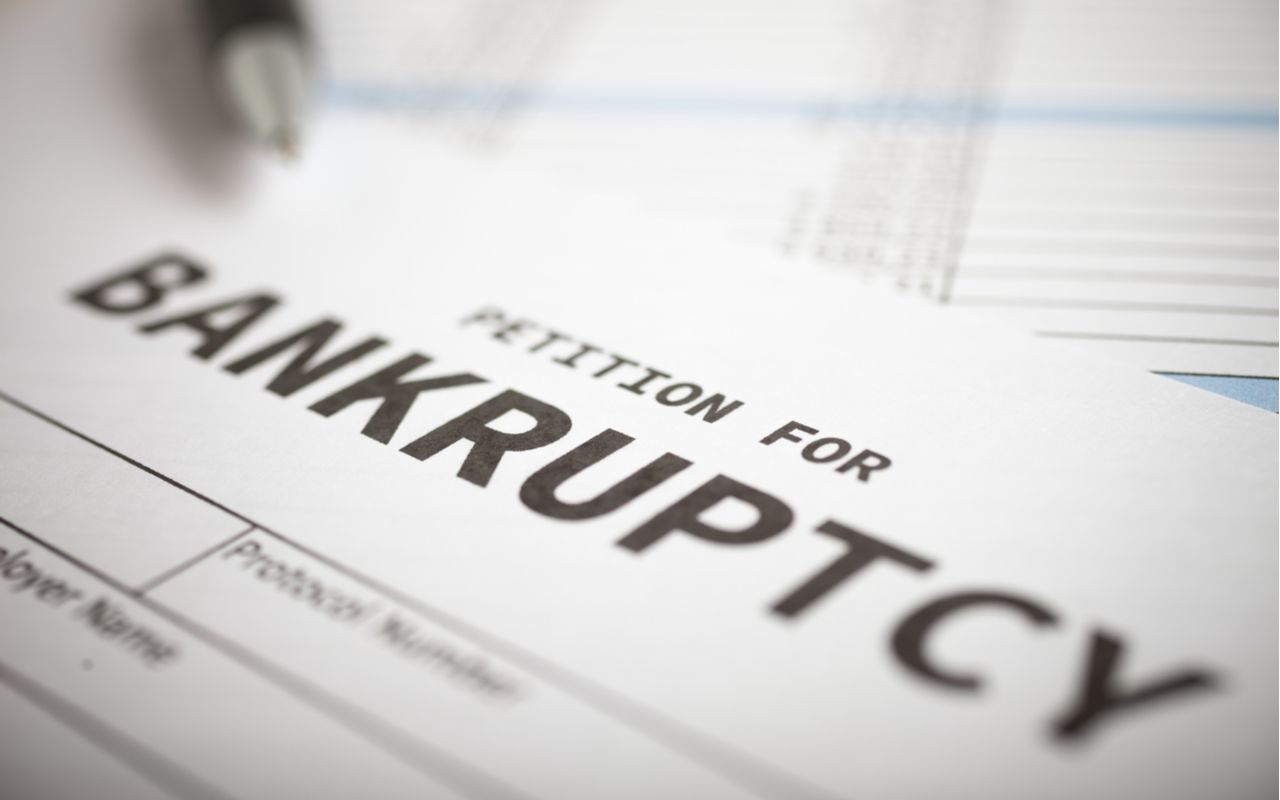The past 15 months have been great for construction compared to many other sectors. In fact, the industry has grown and is expected to continue to flourish over the next few years. But that should not lull contracting parties into a sense of security. Bankruptcy filings often catch creditors off-guard—particularly in the construction industry where the overall condition of the sector as a whole does not directly correlate to the number of filings. When a contractor, or even a subcontractor high in the chain, files for bankruptcy protection, it will certainly impact all lower-tier subcontractors and suppliers down the chain. The most common and significant question when faced with a bankruptcy filing up the chain is, “How can the subcontractor get paid?”
Typical remedies available to subcontractors may not be readily available in bankruptcy. Regardless of whether a contractor or subcontractor files under chapter 7, 11 or subchapter V, the “automatic stay” is immediately imposed upon the filing (absent certain circumstances related to multiple and/or bad faith filings), which prohibits any effort to collect a debt or alter the rights and interests in the property of the filing contractor or subcontractor (now the debtor). A knowing violation of the automatic stay can result in significant penalties. Still, a subcontractor has options to best leverage itself to obtain what it is due and protect its right to future payment. (Needless to say, the subcontractor should consult an experienced bankruptcy attorney to determine the best options given the particular circumstances and objectives of the subcontractor and debtor in each case. These options are non-exhaustive and intended as a general list. Rights and remedies will vary considerably based on the applicable state laws.)
Make a Claim on a Payment Bond or Owner
The automatic stay only precludes claims against the debtor and the debtor’s assets. If a subcontractor is lucky enough to be working on a project that is bonded (and most state or federal contracts are), the answer is straight-forward: make a claim on the general contractor’s payment bond. If the subcontractor cannot get a copy, it may file a Freedom of Information Act request. Likewise, if the subcontractor has an equitable claim against any other party up the chain that has not filed for bankruptcy protection—like a general contractor or an owner—the subcontractor may pursue that claim without running afoul of the automatic stay. (Particular caution should be taken to review state law. In one case, asserting a mechanic’s lien against a non-bankrupt owner of property was considered to violate the automatic stay when the lien was interpreted by the court as seeking to take control over payments due to the bankrupt contractor [See In re Linear Electric Co, Inc., 852 F.3d 313]). Collection against non-debtor parties and assets that are not property of the debtor is ordinarily not prohibited by the Bankruptcy Code.
File and Perfect a Mechanic’s Lien
In most jurisdictions, filing a mechanics lien does not violate the automatic stay. In these jurisdictions, the lien arises at the time the services were performed and upon filing the lien, relates back. Thus, these states allow retroactive filing and perfection of mechanic’s liens within the timeframe prescribed by state statute. It is important to note, however, that not all states allow this. For example, in New Jersey, a mechanics lien is only effective as of the date of filing, so not only will a post-petition filing or perfection violate the automatic stay, but a trustee in bankruptcy can avoid the lien even if it was filed within the 90-day period before bankruptcy.
Though the Bankruptcy Code expressly permits the right to perfect and maintain a mechanic’s lien where the state law permits the filing to relate back to a pre-bankruptcy petition date when the work was commenced or materials supplied, a subcontractor must also file a notice of the perfection or continued perfection in the bankruptcy case.
In addition, the subcontractor must take all required action within the time limits proscribed by state law. A properly perfected mechanic’s lien creates a secured claim and puts it in a better position to receive payment vis-à-vis unsecured creditors, but it does not in and of itself ensure payment.
File a Motion for Relief from Stay to Enforce a Mechanic’s Lien
If the particular circumstances justify it (e.g., there is enough equity in the property to pay the subcontractor’s lien), a subcontractor may consider filing a motion for relief from the automatic stay to foreclose on its lien. To get relief from the automatic stay, the subcontractor has to convince the bankruptcy court that there is cause to do so. Cause can exist if, for example, there is a lack of adequate protection of the subcontractor’s lien (i.e., the value of the lien is not being properly preserved) or if the property is not necessary to an effective reorganization of the debtor. If a motion for relief from the automatic stay is granted, the subcontractor can then pursue its state law rights in the property outside of bankruptcy court.
Make a Reclamation Demand in Bankruptcy
If a subcontractor supplies the materials for a project and the party it contracts with files for bankruptcy protection, the subcontractor should make a written demand to reclaim those goods in 45 days of when the debtor received the goods or in 20 days after the bankruptcy was filed if the 45-day period expires after the filing. Sending such a demand takes minimal effort, can prioritize the subcontractor’s rights to those goods over others, and may allow the subcontractor to recoup those goods.
Joint Checks
When providing labor or materials to a contractor that is slow to pay or may be on the verge of bankruptcy, remember that payments made outside of the ordinary course and received within the 90 days prior to a bankruptcy filing may be clawed back as a preferential payment. Requiring payment by joint checks from the owner and/or general contractor may provide some assurance of timely payment and provide the subcontractor with some defenses to the payment being clawed back (especially if the joint check agreement is executed before the 90-day preference window). However, some federal courts have viewed joint check agreements, as well as the payments made thereunder, as preferences. (Myers Controlled Power, LLC v. Gold [In re Truland Grp., Inc.], 604 B.R. 258, 264 [E.D. Va. Bankr. 2019]) To the extent possible, a subcontractor should try to obtain in the joint check a guarantee of payment from the upper-tier contractor or owner.
File a Proof of Claim and Pay Attention to the Case
Under the Bankruptcy Code, claims are paid pursuant to a hierarchy and lower classes are not paid until all classes above are paid in full. The higher in the scheme a subcontractor’s claim falls, the more likely the subcontractor is to receive payment, so the goal is to prioritize and secure as much of a claim as possible. Nevertheless, even if a subcontractor takes no action to enhance its claim, it will likely have a general unsecured claim. However, if a subcontractor has supplied materials in the 20 days prior to the bankruptcy filing, the claim (or that portion thereof) may be entitled priority treatment. If a proof of claim is not timely filed—and filed correctly—the subcontractor may miss an opportunity for payment or may not be entitled to a distribution at all.
The subcontractor should also monitor the bankruptcy case, particularly as it relates to its claim. Failing to do so can result in even a secured claim being stripped from property and the subcontractor receiving nothing. Thus, even if it takes no other action, a subcontractor should file a proof of claim and monitor its rights in the case.
While a bankruptcy filing up the chain in a construction project is a severe disruption that a subcontractor cannot avoid by anything other than luck, experienced counsel may help lessen the financial impact through means outside of bankruptcy court (seeking recourse from non-bankrupt parties, joint check agreements, and filing and perfecting a mechanic’s lien, etc.) and in bankruptcy court (seeking relief from stay, making a reclamation demand, and filing a proper proof of claim).






